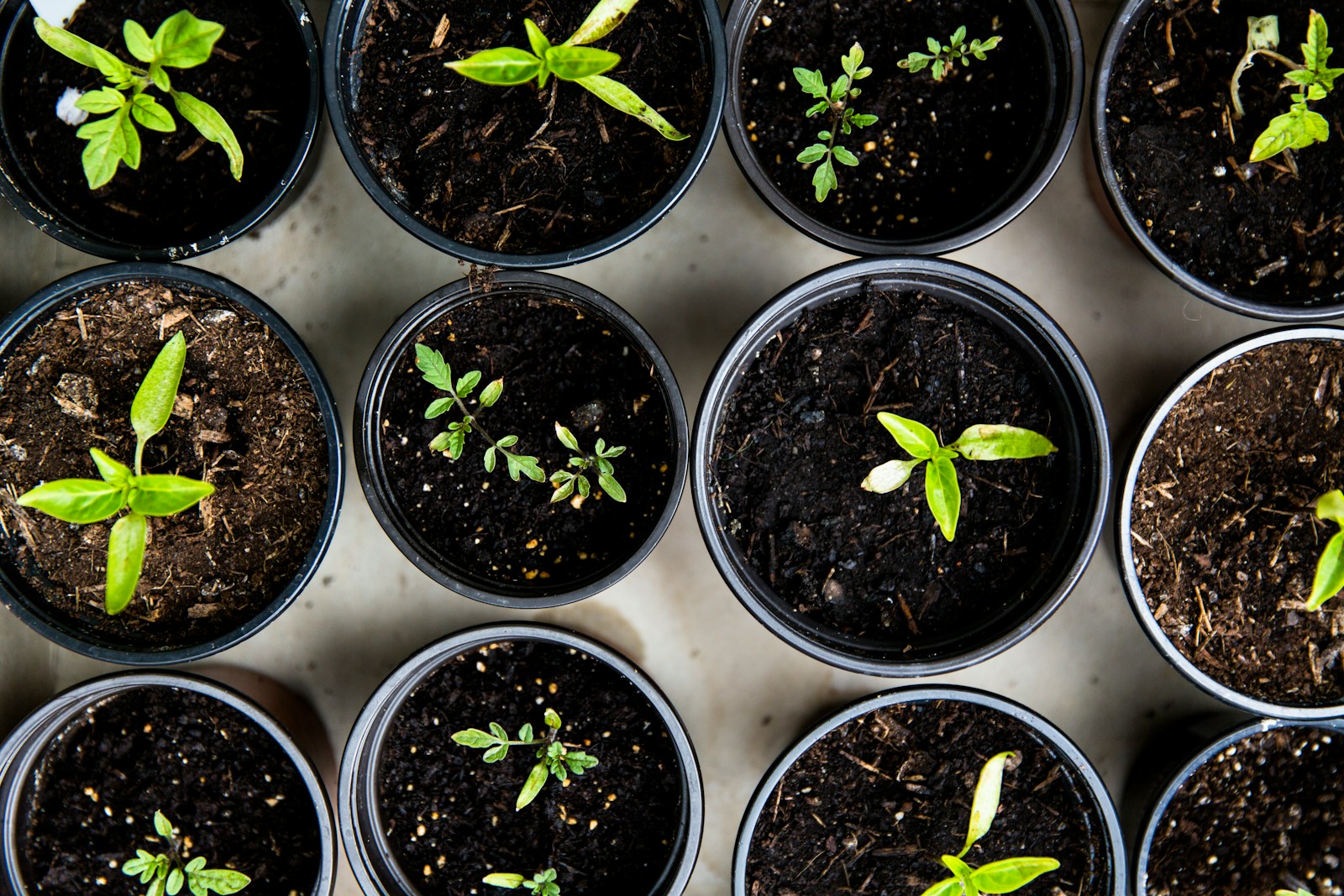Starting an indoor garden is a solid strategy to combat rising food costs. It’s about getting back to basics, using your own two hands to grow what you eat. It’s practical, it’s cost-effective, and surprisingly, it’s a decent way to de-stress.
First up, germinating seeds. It’s not about being fancy; it’s about efficiency. You get your seeds – think staples like Tomatoes, peppers, Leafy Greens and/or Bok Choi. You don’t need much: some soil, pots, and a spot that gets decent light. If you don’t have enough light, you can buy one on amazon. Keep the soil moist, not drenched. When those sprouts pop up, hope takes root.
If all that sounds like too much, get a consumer grade Aeroponics Kit. My favorite right now is Aero Garden. The lights run on a timer. They come equipped with water pumps that pump water directly at the root systems. it takes all the remembering required experience out of the equation for now so you can build confidence and get an ROI immediately. As you invest more and more time and money to grow your garden, your knowledge and experience will grow as well.
Next, you’ve got to repot. It’s like upgrading to a larger apartment when you’ve outgrown the old one. More space for the roots means stronger plants. Be meticulous; use your hands to slowly transfer soil into your selected pot, around the root systems in such a way that it looks and feels natural. Think about it; The roots are like sub molecular straws that take in one particle at a time, if the roots are all in one solid clump, then some of the roots take in nutrients while others don’t. This is inefficient. Make sure you spread them out as you transfer them and apply gently pressure once you have the right amount of soil around the root system.
Hardening off comes after. It’s about acclimatization, getting these indoor plants used to the outdoor conditions they’ll face in your garden or balcony. Start with an hour outside, then increase it daily. I kept mine indoors for a week and a half before taking them outside for the first time. I tend to baby my plants. I like to observe how they behave when they need water, when they need light so my hardening off is a bit more involved than maybe a pro would like.
Finally, moving them outside for good. It’s about timing and placement. You’ve nurtured these plants, now it’s time to let them do their thing in the natural elements. Pick a spot with enough sun, and make sure the soil is up to snuff.
Throughout this process, there’s a rhythm to it that’s surprisingly calming. It’s not just about saving money, though that’s a big part. There’s something about working with soil and plants that clears the head. It’s hands-on, it’s real, and at the end of the day, you’re producing something tangible. You’re not just growing food; you’re cultivating resilience, both in your garden and in yourself.
If you found this guide helpful, please purchase your garden supplies buy clicking on my affiliate link. I don’t make much, but I still do appreciate the encouragement. Thanks!
